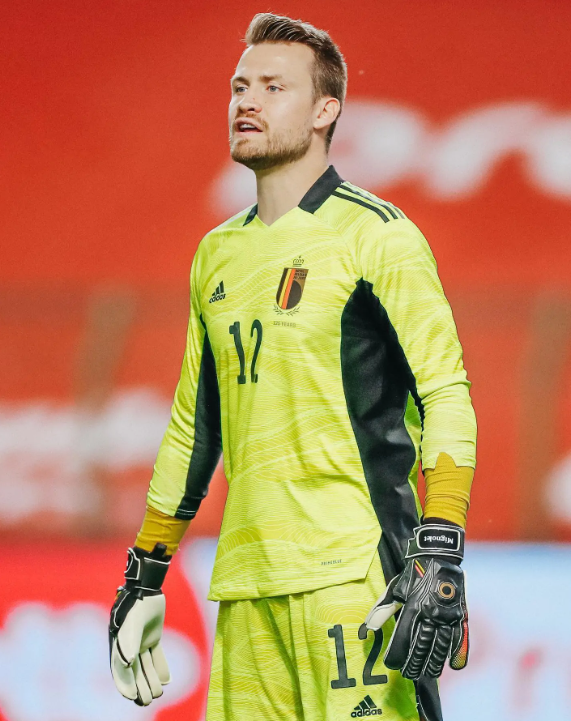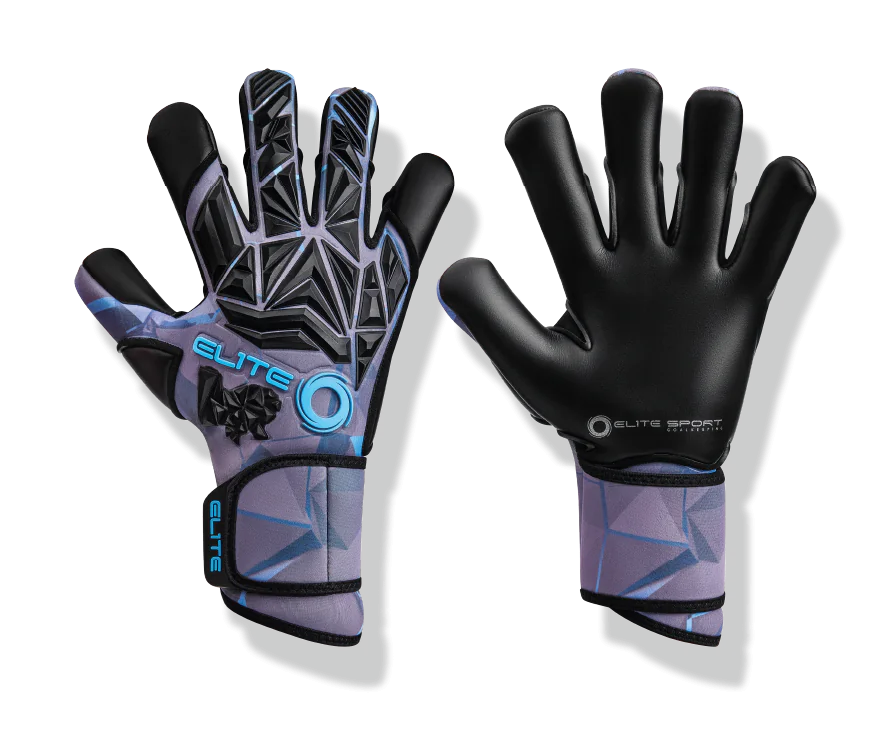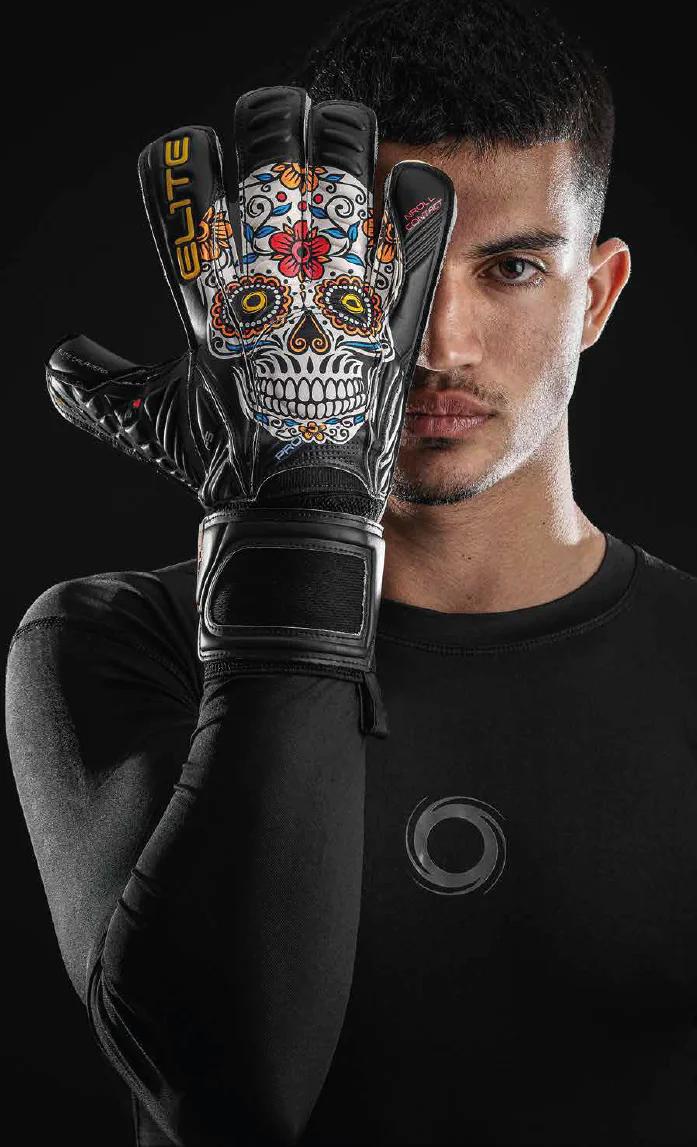Goalkeeping is one of the most demanding positions in soccer, requiring quick reflexes, agility, and a strong grip. A goalkeeper's gloves play a crucial role in providing the necessary support to perform at their best. From cushioning powerful shots to improving grip on the ball, the right pair can make all the difference.
Key Features to Consider
When selecting gloves, several factors come into play. Understanding these aspects will help ensure optimal performance and comfort on the field.
1. Grip and Palm Material
The grip is one of the most important aspects of a goalkeeper’s gloves. The material used on the palm significantly impacts how well the gloves can handle the ball. Latex palms offer excellent grip and control, making them a preferred choice for many professional goalkeepers. However, different types of latex provide varying levels of durability and grip under different conditions. Soft latex offers superior grip but wears out faster, while harder latex lasts longer but might not be as effective in wet conditions.
2. Finger Protection and Flexibility
Some gloves come with finger protection technology, which helps prevent injuries such as hyperextension. This is especially useful for goalkeepers who frequently face powerful shots. However, while finger protection adds safety, it can also limit finger flexibility. A balance between protection and movement is essential to ensure maximum control and comfort.
3. Fit and Comfort
A proper fit is essential for goalkeepers to maintain control and comfort during a game. Gloves that are too tight can restrict movement, while loose gloves can lead to a lack of grip and control. Different cut styles, such as roll finger, negative cut, and flat cut, influence how the gloves fit. Understanding these options can help goalkeepers find the most comfortable and effective design for their hands.
4. Wrist Closure System
The wrist closure system ensures that soccer goalkeeper gloves stay secure during intense gameplay. There are different closure types, including Velcro straps, elastic wristbands, and hybrid closures. Each option provides a different level of support and convenience. A strong and adjustable closure system can prevent gloves from slipping while allowing for quick adjustments during a match.
5. Weather Adaptability
Weather conditions play a significant role in a goalkeeper’s performance. Some gloves are designed specifically for wet conditions, featuring special latex for enhanced grip. Others are better suited for dry conditions, offering durability and comfort. Goalkeepers who frequently play in varying weather conditions should consider gloves that provide versatility and adaptability.

Maintaining Goalkeeper Gloves for Longevity
Proper care and maintenance are essential to extending the life of goalkeeper gloves. Here are some tips to keep them in top shape:
1. Cleaning After Each Game
Dirt and sweat can degrade the latex and overall structure of the gloves. After every match or practice session, rinse them with lukewarm water to remove any debris. Avoid using harsh detergents as they can damage the latex and reduce grip effectiveness.
2. Proper Drying Techniques
Drying gloves properly is crucial to maintaining their durability. Avoid exposing them to direct sunlight or heat sources such as radiators, as excessive heat can cause the latex to become brittle. Instead, let them air dry naturally at room temperature.
3. Storing Correctly
Gloves should be stored in a cool and dry place. Using a breathable glove bag can help maintain their shape and prevent unwanted moisture buildup, which can lead to odor and deterioration.
4. Rotating Gloves for Different Uses
Many goalkeepers use separate gloves for training and matches. This helps preserve the grip and condition of match gloves, ensuring they remain effective for crucial games.
Finding the Right Pair for Different Levels of Play
Goalkeeper gloves are designed for various skill levels, from beginners to professionals. Understanding the different categories can help goalkeepers make the best choice for their needs.
1. Beginner-Level Gloves
For those just starting, comfort and durability should be the main focus. Entry-level gloves usually have basic grip and protection features while offering affordability. They are ideal for training sessions and casual play.
2. Intermediate-Level Gloves
Intermediate gloves provide a better balance between grip, durability, and comfort. These gloves often incorporate advanced latex materials and enhanced wrist support, making them suitable for competitive matches.
3. Professional-Level Gloves
Designed for high-performance play, professional-level gloves offer the best grip, flexibility, and protection. They are made from premium latex materials and often feature advanced technologies like finger protection and moisture-resistant designs. These gloves require proper care to maintain their superior quality over time.
Enhancing Performance with the Right Gloves
A goalkeeper’s confidence and effectiveness on the field are greatly influenced by their gloves. The right choice enhances grip, control, and protection, allowing goalkeepers to focus on their game without distractions. By understanding key features and maintenance techniques, goalkeepers can maximize their potential and elevate their performance.
Choosing the right gloves is a personal journey, and finding a pair that complements individual playing styles and preferences is essential. Whether playing in a local league or at a professional level, the right gloves can make a significant impact on a goalkeeper's performance and overall experience on the field.












Write a comment ...